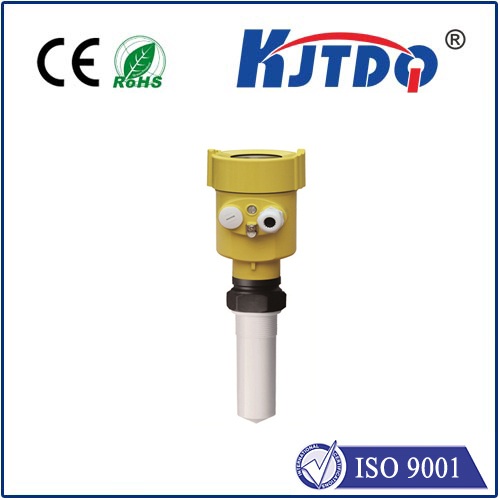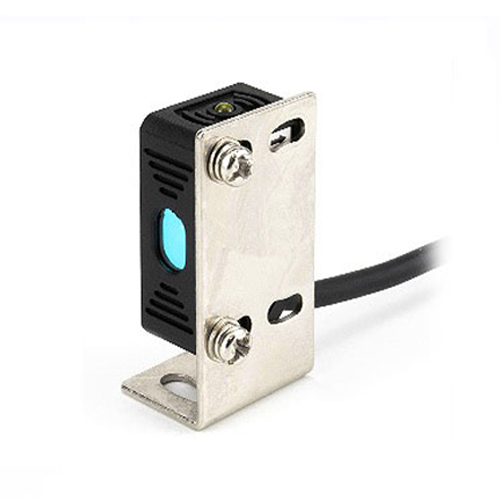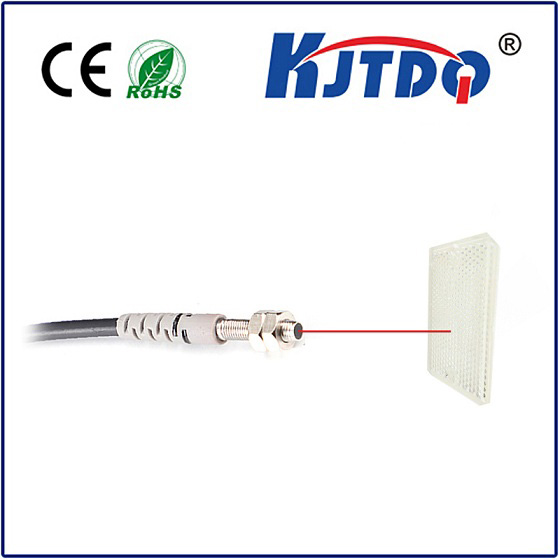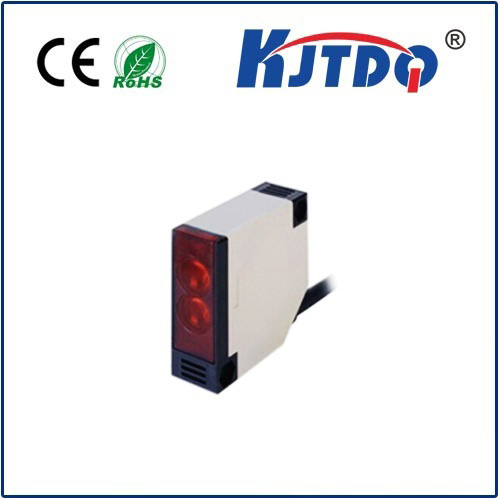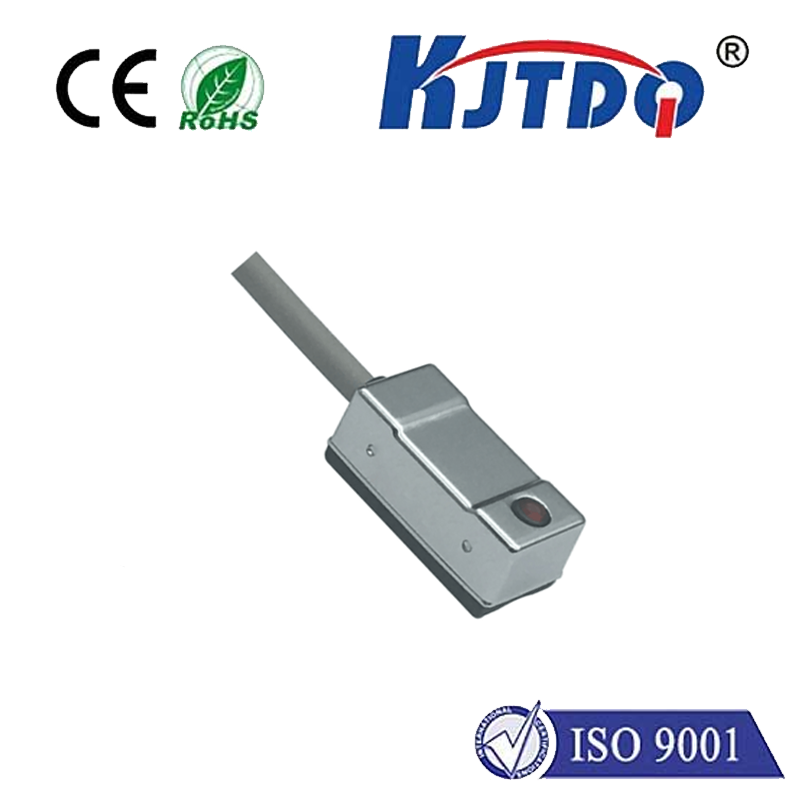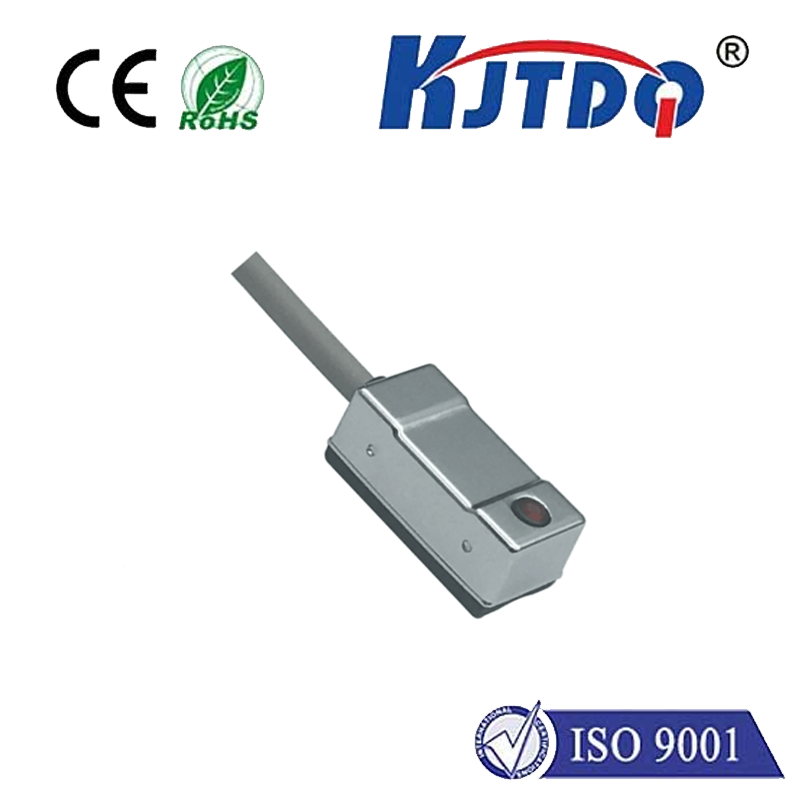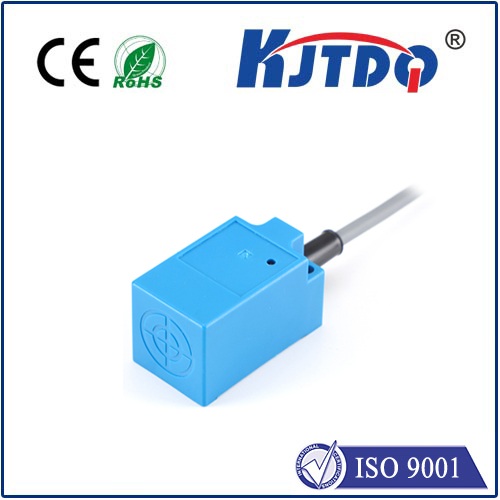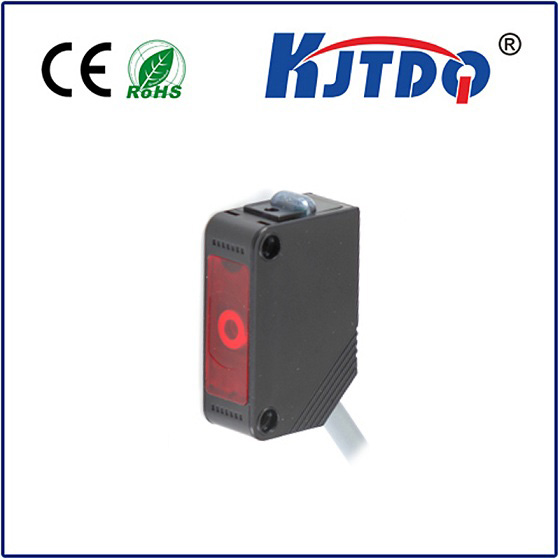

check

check

check

check

check

check

check

check

check

check
Title: The Revolutionary Laser Curtain Sensor: Unleashing the Power of Innovative Technology
Introduction:
In the ever-evolving world of modern technology, the development of cutting-edge devices continues to astound us. One such innovation that has recently gained significant attention is the laser curtain sensor. This remarkable device has transformed the way we interact with our environment, offering a level of control and automation previously unseen in traditional sensors. In this article, we will explore the various applications, features, and benefits of the laser curtain sensor, providing a comprehensive insight into this groundbreaking technology.
Section 1: The Concept Behind the Laser Curtain Sensor

The laser curtain sensor works by emitting a beam of light through a small hole in its housing. This beam is directed towards a target area, such as a door or window, where it creates a visible pattern on the surface. By measuring the intensity and direction of the light, the sensor can determine if an object is blocking the path of the beam. This information can then be used to trigger appropriate actions, such as opening or closing a door, turning on/off a light, or adjusting a temperature setting.
Section 2: Applications of the Laser Curtain Sensor
The potential uses for the laser curtain sensor are vast and varied. In the residential sector, homeowners can install this technology in their homes to automate routine tasks and improve security. For example, when someone approaches a front door that is blocked by a curtain or blinds, the sensor can automatically open the door, allowing access without the need for manual intervention. Similarly, the sensor can be used to turn on/off lights in empty rooms, reducing energy consumption and improving sustainability.
In commercial settings, the laser curtain sensor can be integrated into building systems to enhance safety and convenience. For instance, it can be installed in elevators to detect when an individual attempts to enter without permission, triggering an alarm or preventing the lift from operating. Additionally, the sensor can be used in retail environments to monitor customer traffic and optimize store layouts. By analyzing data from multiple sensors across different areas of a store, businesses can improve inventory management, reduce wait times, and enhance overall customer experience.
Section 3: Features and Advantages of the Laser Curtain Sensor
The laser curtain sensor offers several unique features that set it apart from other types of sensors. Firstly, its compact design makes it easy to install and maintain, even in tight spaces. Additionally, the high-resolution imaging capabilities of the sensor ensure accurate detection of objects, regardless of their size or shape. Another advantage is its versatility; the laser curtain sensor can be customized to suit specific applications and requirements, making it suitable for a wide range of industries and sectors.
Furthermore, this innovative technology offers several benefits over traditional sensors. By eliminating the need for manual intervention, the laser curtain sensor can save time and effort while reducing errors caused by human error. It also provides increased security by enabling real-time monitoring and alerting in case of unexpected activity or intrusions. Moreover, the use of LED lighting ensures minimal visual disturbance during operation, making it more discreet than older sensors.
Conclusion:
The laser curtain sensor represents a significant leap forward in the field of automated systems and intelligent devices. Its ability to detect objects and trigger appropriate actions based on detected conditions opens up new possibilities for improving efficiency, safety, and convenience across various industries. As research and development continue to advance this technology, we can expect to see even more innovative applications emerge in the years ahead.
